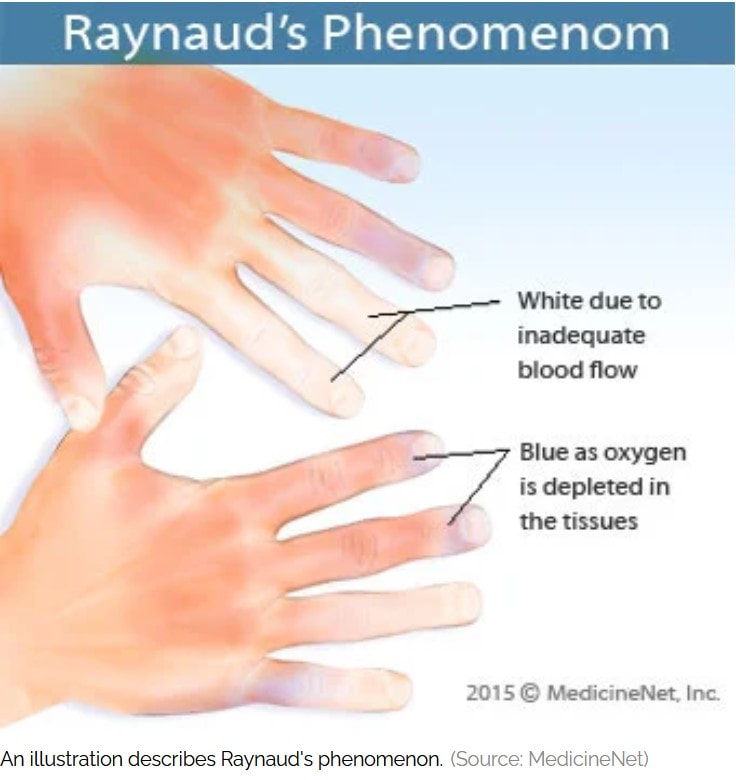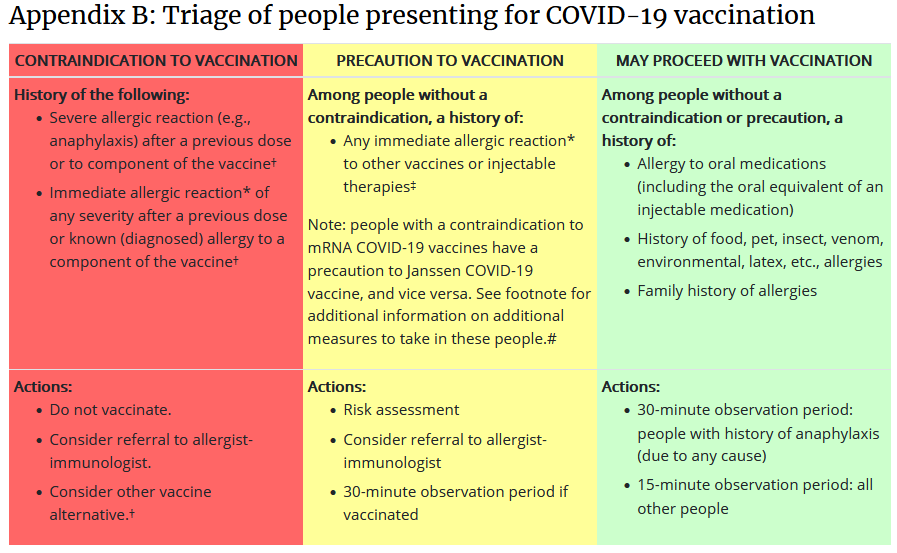|
For today's topic, I'd like to touch a little more on hormones because I will be introducing a new hormone treatment option. hormone pellet therapyI will tell you the honest back story. I had been resisting getting into the topic of hormone pellet therapy for the first decade-plus of my practice. This was entirely due to negative experiences I had in my earlier years in practice. Multiple times I ran hormone labs on patients who had gotten hormone pellets (from a very well-known pellet company who shall remain nameless). Every time, the sky-high levels completely freaked me out. So I just put the whole topic out of my mind, leery that it could in fact be done well. I focused on developing and refining all the rest of my knowledge, experience, and optimization of hormone care, and not touching the topic of hormone pellets with a 10-foot pole. Then a few years back, a colleague changed my mind on all this. I wasn't specifically looking into learning or providing hormone pellets, but I ended up learning a lot from her. She is one of the most experienced hormone experts in the Seattle area. She has a very full practice of happy patients and is frequently sought by professional and educational organizations, on the topic of training healthcare providers how to best address hormone imbalances. And it sure didn't seem that she was overdosing all her patients on hormones. In fact, it seemed like they were all responding well, and many were happy to have the option. It seemed like she was doing them right. And because she teaches other providers (and has now become a good friend of mine), this last June I finally put aside my reservations and learned from the pro. what are they? Hormone pellets are about the size of a grain of rice, and contain hormones (estrogen and testosterone) that slowly release for about 3 to 6 months. The pharmacy that I will be using compounds the estrogen and testosterone pellets for my patients. That way I can offer just the dose that each patient needs and fine-tune doses for each patient. The pellet is inserted just below the skin, usually above the buttock area (think right above your back pocket) during an office visit. It does involve anesthesia (numbing up the area) and a small incision, though the incision is so small that it doesn't even require a stitch. Just some bandages and the patient is on their way. how do they fit into the hormone treatment option realm?I view them as just another option. I have had quite a number of patients ask about them over the years. It is the preferred route for many people. In times past, I had to refer out, and hope that the provider my patient found could responsibly match them to the right hormone dosage. Now I can offer this to any patient where it is a good fit, and monitor them myself. who should consider this option?You may be a good candidate if you:
It is important to first be dialed in on your current hormone prescription in some other route (such as creams, pills, or injections) so that I can calculate a pellet dosage from your current prescription. If you have never taken these hormones (estrogen/ testosterone), have a bleeding disorder, or are taking a blood thinner, then you may not be a good candidate. how long do pellets last?Generally women see maximal benefit for the first 3-4 months, then the pellet declines in potency. For men, the time frame is more around 4-6 months. These are general expectations. Everyone is on a spectrum, so some may feel that the dose decline on the earlier end, and some will feel that it lasts much longer than what I wrote above. the cost and other detailsThe exact cost of the hormone pellets (and their insertion) depends on the ingredients and dosage. Initially, the costs of pellet procedures will range from $250-400 (with women being on the lower end and men on the upper end, as men tend to require larger doses thus more pellet supply costs). This pricing may change after I have treated a handful of patients, if there are more unanticipated costs to providing pellets, but this is our starting plan. Insurances do not cover this cost. Your insurance should cover your office visit (and labs) like usual (if yours does), but insurances do not consider hormone pellets Standard of Care, and thus they are not Medically Necessary. Lab monitoring is also an essential piece. Not only do we need (somewhat) current labs while you have been taking your current hormone prescription, but we will plan labs to occur at a specific time post-insertion to check your response. This, and all other pertinent information, will be discussed during the initial visit. so what's the first step?If you are interested in discussing and potentially pursuing this option, please take the first step and schedule a follow up visit (Portland: 503-232-3215; Salem: 503-990-8395).
Just a regular 30-minute visit is fine. It can be virtual or in-person. There is a lot for us to talk about so that together we can make an exact game plan and then schedule the actual pellet insertion visit (I will be doing them at both offices). I hope you have been able to get out there and enjoy our summer a little bit before we return to fall time. Let me know when you need more support keeping it all moving and going, I am here for you! Dr. Angela Cortal
0 Comments
That's a big topic, I know. Huge. I have way more to say than I can possibly fit in this post (I did in fact write a book on this topic 3 years ago), so here I'm just going to be focusing on the highlights. This includes things I think that most people can safely try at home, things for those with chronic pain to be aware of, and other ideas that I'm commonly discussing with patients that I don't really put into the, "needs to be monitored by a healthcare professional" category. First up, what are we dealing with here?Many of my patients seek me out because they want to further investigate and figure out their pain. Often my "job" at the first visit is to assess what has been imaged, tested, and treated, and understand what that past workup can tell us in terms of someone's potential diagnosis and the cause of their pain, so we both can figure out how to move forward. Just a few common sources of pain in my practice include:
Many, many more. So I'm mostly focusing on the musculoskeletal system here. As each condition has its own triggers, risk factors, and how it affects us, our pain, ability to function, investigation and treatment course options are individualized for each person. But with that being said, I would like to share a few self-care ideas that can help a variety of common underlying sources of pain… Moving your bodySorry, but you knew that exercise was going to be on this list, didn't you? Instead of me giving each patient a standard recommendation for the type of exercise, number of days per week and minutes that everyone should be doing, I want this to be individualized, too. First up, are you moving your body regularly? If not, start with moving it in a way that feels good, and that you enjoy. Forcing yourself to do exercise that you hate because a healthcare professional told you you "should" do it is a recipe for reinforcing negative thought patterns when it comes to natural body movement. Instead, move in a way you enjoy. Let's all start there. If you are not moving, then choose a way to gently reintroduce movement (I say reintroduce as nearly all of us were more active in our younger years). For some, that is water aerobics. Or chair yoga. Or tai chi or other meditative practices may be a good fit, particularly if gentle movement and improved balance are goals. Some enjoy jogging. I do not. But some think that Zumba sounds like the worst punishment possible, and I find it really fun. Good thing there are endless ways we can express physical movement in our lives. And here's just a few more specific ideas on this topic: Controlled Articular Rotation (CARs) is a great introduction to improving mobilization all over, especially in those joints that are painful, stiff and limited in their range of motion, without introducing too much resistance and strain. Here's one explanation and guide on this topic. Stretching can be a great self-care tool at home, just be aware of how your body responds. Some tight muscles feel great after a stretch. But in areas of joint pain, hypermobility, muscle spasms, and trigger points, sometimes stretching can put undue stress on joints and muscles that are already struggling to heal and recover. Run your exercise program by the expert you trust the most in this field. And sometimes, less movement is the key. Health conditions that include high cortisol, stress, anxiety, fatigue, and insomnia are sometimes worsened by too much high-intensity or aerobic exercise. Stressed-out bodies often don't respond well to exercise that can stress them out more. In these cases, yin yoga or other slower-paced exercise is a great addition. For tight, spasmodic muscles, sometimes intentional relaxation of those muscles is more beneficial than stretching - especially as stretching can sometimes be too aggressive. Finding a position of maximal release involves identifying the points in the body where the muscle attaches, and bringing those sites closer together. By relaxing and breathing slowly over 1-2 minutes, the muscle is given the opportunity to find a lower "set point" of tension. Here is just one style in this video, to release the piriformis muscle in the pelvis region (this video was recently passed to me by a patient). There are many styles of muscle release techniques, please ask your chiropractor, physical therapist, or myself for ideas specific to the muscles you are seeking to release. Myofascial care at homeMyofascial treatment is a very broad term that encompasses hands-on care that you can receive from an acupuncturist (gua sha, cupping), chiropractor (Graston or IASTM), physical therapist and others. A common aspect of all these types of treatments is breaking up any fascial adhesions that can build up in the superficial and deep connective tissue layers of the body, which can cause pain and limited range of motion. An additional benefit is these therapies (either performed by someone else, or as self-care) also tend to improve circulation, movement of nutrition and oxygen to the areas of chronic pain. A few common at-home tools to aid in this include foam rollers, dense rubber balls (Lacrosse balls or Melt balls), and other roller massage home tools. Working out fascial adhesions can be sore, even a bit painful or tender. When doing this at home, it is good to know precisely which muscles you are intending to treat, so that you don't inadvertently painfully compress a nerve instead of the fascial layers you are trying to release. Sometimes pain is no gain, so be aware of your anatomy. Here's a few home exercises on self myofascial release you can try. Supplementation: what I commonly use, and what I commonly recommend to avoid |
Archives
June 2024
Categories
All
|
about the doc |
patient infocontact |
|
Privacy Policy
© Copyright 2011-2024, Dr. Angela Cortal ND LLC website content is for educational purposes only and is no substitute for medical advice (see the Terms of Use Agreement for this site), you must establish a doctor-patient relationship to receive that! |
























